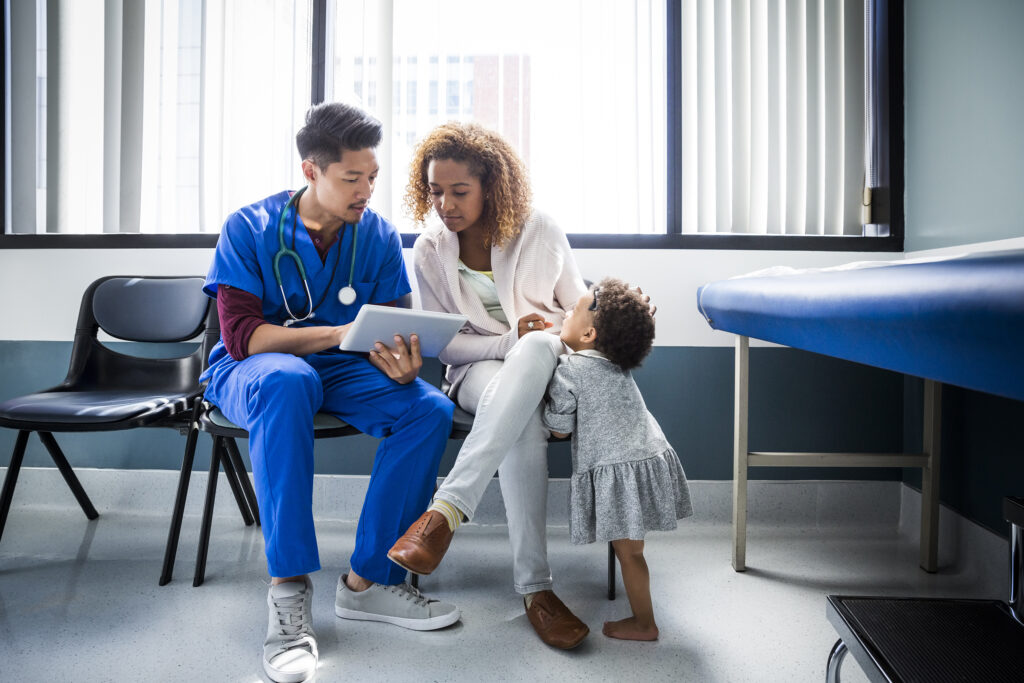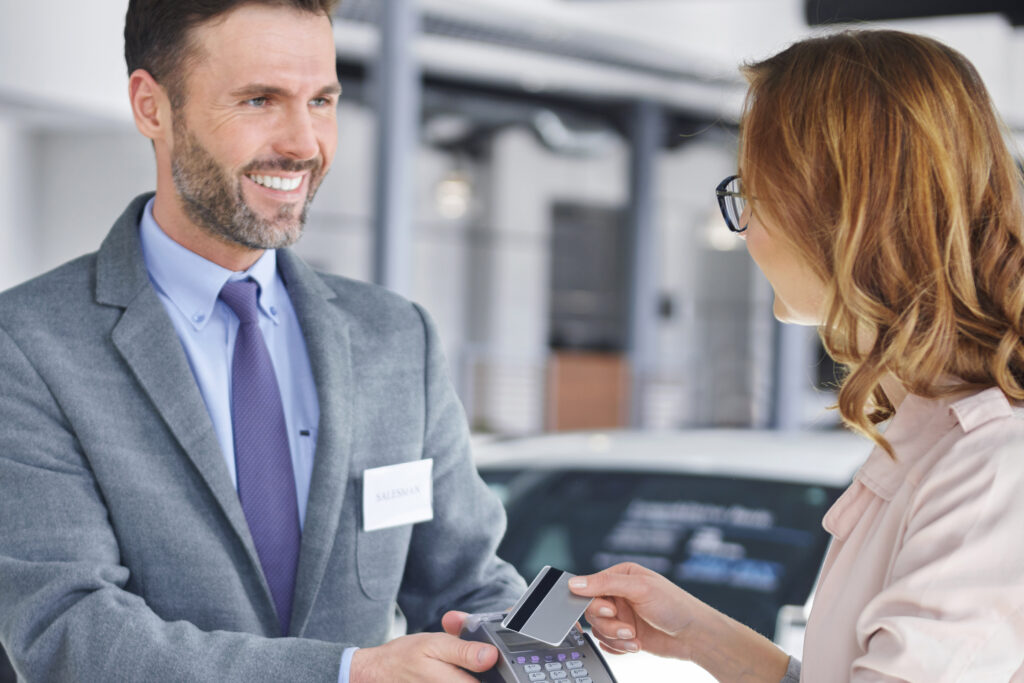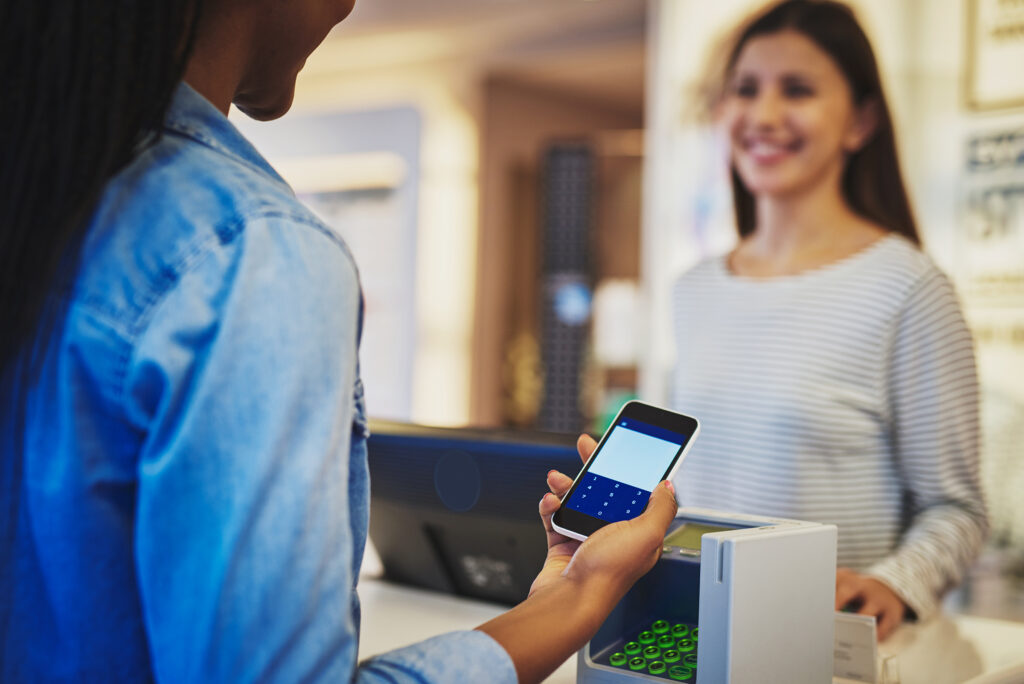Why Patients Are Frustrated with Medical Bill Pay—and What Providers Can Do About It
When Lisa finally received her bill for an outpatient procedure, it showed up three weeks after her appointment—long after her HSA balance had been spent on unrelated expenses. The envelop contained an invoice with a dense wall of numbers, little context about what had or hadn’t been covered by insurance and a note that curtly instructed her to “Pay Immediately.”
Since Lisa had no information about a method to pay online or any way to ask questions through a portal, she reluctantly mailed a check. Even so, several weeks later, she got a call from a collection agency.
Lisa’s story isn’t unique. Across the country, patients face mounting frustration with how medical bills are delivered, explained and collected. In an industry known for cutting-edge diagnostics and advanced treatments, patients say the billing experience sometimes still feels stuck in another decade. And that disconnect is costing healthcare providers—in revenue, staff time and patient trust.
A recent PYMNTS study found that 70% of patients want to pay their healthcare bills online—but nearly half of healthcare providers still process claims manually, which significantly contributes to errors and patient dissatisfaction. As a result, bills are delayed, ignored or disputed, and the collections process becomes more painful for everyone involved.
The good news? The problem isn’t just solvable—it’s preventable. Providers don’t have to overhaul their operations to deliver a better experience. Making small, strategic changes—like offering patients online payment options—can make a big impact.
First, though, it’s worth looking at what’s broken. Why is medical bill pay so frustrating for patients in the first place?
What’s Broken in Traditional Medical Bill Pay
For patients, the medical billing process often feels less like a transaction and more like a test of endurance. Even after navigating insurance authorizations and clinical care, they’re met with a confusing, delayed and inflexible payment experience. It’s not surprising that so many bills go unpaid—not because patients won’t pay, but because the process makes it hard to do so.
Here are just a few of the most common friction points:
- Delayed billing: Weeks—or even months—can pass between care and the first invoice. Laws vary from state to state, but in Florida, for example, medical providers have up to five years to bill patients. By then, patients may have forgotten details of the visit or used their flexible spending dollars.
- Lack of transparency: Bills often don’t break down what’s been paid by insurance vs. what’s owed by the patient. Explanations of benefits rarely match cleanly with invoices.
- Limited payment options: Many providers still rely on mailed checks or clunky online portals. There’s no mobile-first experience, no ability to pay in installments and no autopay.
- No reminders: Without digital nudges, patients are more likely to miss or forget due dates.
- No way to ask questions: Phone support is often understaffed, and many billing systems don’t allow for easy digital communication.
The result? Missed payments, rising collection costs and growing patient dissatisfaction.
According to a 2023 report from Accenture, more than 20% of patients said they’d consider switching providers to get customer service solutions provided digitally. And data from the Medical Group Management Association confirms that providers without digital payment tools wait significantly longer to collect.
It doesn’t have to be this way. Providers who modernize billing processes are seeing not only faster payments but stronger relationships with patients. And offering flexible payment options—like installment plans—can reduce sticker shock and increase collection rates without increasing pressure.
But these aren’t just patient problems. Let’s look at what these friction points cost providers behind the scenes.
How These Friction Points Impact Providers
It’s easy to frame billing frustrations as a patient problem—but providers feel the pain too, often in ways that directly affect their bottom line.
When billing is confusing or delayed, patients don’t pay on time. And when providers rely on outdated systems to collect, those delays compound. Staff spend valuable time fielding billing questions, chasing down payments, reissuing invoices and dealing with disputes that could have been avoided with better communication upfront.
According to the Healthcare Financial Management Association, administrative costs tied to patient billing continue to rise, especially in practices and hospitals that haven’t digitized core parts of the billing cycle. Every minute staff spend resolving confusion is time not spent on higher-value tasks.
These issues affect more than just internal operations. Poor billing experiences directly erode patient trust. If someone receives excellent medical care but walks away confused and frustrated about what they owe and how to pay it, the lasting impression is negative. That’s particularly damaging in an era where online reviews and word-of-mouth influence provider choice as much as credentials or reputation.
Common provider-side consequences of outdated billing systems include:
- Slower cash flow and longer revenue cycles
- Higher overhead from manual follow-ups and paper-based workflows
- Increased write-offs from uncollected patient responsibility balances
- Loss of patient loyalty, which can lead to decreased return visits
- Staff burnout from repetitive or avoidable administrative tasks
Modernizing payments isn’t just about convenience—it’s a financial imperative. As patient responsibility continues to rise, particularly with high-deductible plans, providers need systems that are built for speed, flexibility and clarity.
Solutions that allow patients to self-serve, pay in installments or receive mobile reminders can transform the payment cycle. The best part? These systems don’t need to replace existing infrastructure—they can integrate with what providers already use. For example, CSG Forte’s healthcare payment solutions are designed to complement existing platforms while improving outcomes on both sides of the transaction.
So what do patients actually want from their billing experience? Let’s take a closer look.
What Patients Want: Fast, Flexible, Digital Options
Today’s patients are accustomed to digital-first experiences in retail, banking and travel. And they increasingly expect the same level of ease and flexibility when paying for healthcare. When those expectations aren’t met, frustration builds—and providers feel the effects.
What patients are asking for isn’t complicated:
- Transparent bills that clearly separate insurance payments from what they owe
- Mobile-friendly payment options like Apple Pay, Google Pay, or secure portals
- Installment plans or the ability to split larger bills over time
- Automated reminders via text or email when a payment is due
- One-click payment links with saved payment methods
In short, patients want billing that fits into their lives, not something they have to hunt down, decode, and navigate under pressure. For providers, this isn’t just a matter of modernization—it’s a critical lever for improving satisfaction and getting paid faster.
We’ve already seen a growing shift among healthcare systems toward these features. Practices that offer digital billing options report significantly higher patient engagement and lower rates of collections activity, according to Becker’s Hospital Review.
So what practical steps can providers take to align with these expectations—and ease their own operational burdens at the same time? Read on to find out.
How Healthcare Providers Can Fix the Experience
Improving the patient billing experience doesn’t require a full system overhaul. In many cases, providers can make meaningful improvements with the tools they already have—so long as those tools are connected to patient needs.
The first and most critical step is reducing the lag between care and communication. Patients are far more likely to pay when bills arrive promptly and make sense. That means issuing real-time or near-real-time invoices with clear explanations, avoiding the common confusion caused by mismatched billing statements and billing explanations. Providers who streamline this part of the process immediately reduce the chances of nonpayment due to misunderstandings or forgotten visits.
Next, providers need to remove barriers to payment. That includes enabling mobile-friendly options, eliminating logins for basic transactions, and giving patients choices in how they pay—whether that’s through a one-time card entry, autopay or scheduled installments. This kind of flexibility helps prevent bills from going to collections simply because a patient couldn’t afford a lump sum at once.
Another often overlooked fix is automation. Many provider systems still rely heavily on manual billing processes, which introduce errors and delays. Automating recurring communications—like due date reminders or payment confirmations—frees up staff time and makes patients feel more in control.
These changes don’t just improve collection rates; they improve relationships. When patients feel seen, respected, and supported throughout the billing process, they’re more likely to return for future care—and to speak positively about their experience.
And while providers can assemble these capabilities from different vendors, platforms that integrate them into a single solution offer the biggest payoff. That’s where digital-first payment partners like CSG Forte come in.
Introducing Forte: A Smarter Way to Simplify Medical Bill Payments
For providers ready to make the shift from outdated billing practices to a more modern, patient-friendly approach, the good news is that solutions already exist—and they don’t require rebuilding your entire system from scratch.
CSG Forte offers a digital-first payments platform built with the needs of healthcare providers and patients in mind. It’s not just about accepting cards online—it’s about transforming the entire billing experience into one that is clear, flexible and easy to manage for everyone involved.
With Forte, providers can offer:
- Efficient invoicing presentment, connected to your billing systems, reducing confusion and disputes
- Text-to-pay and email billing, allowing patients to pay directly from their phones
- Flexible installment options that empower patients to pay at their own pace
- Stored payment credentials and simplified repeated checkout to reduce friction
- Automated reminders and receipts, saving staff time and improving collection rates
All of these features integrate seamlessly into existing practice management systems, meaning your team won’t face a steep learning curve or disruptive implementation. And because Forte maintains compliance with both payment card industry data security standards (PCI DSS) and the Health Insurance Portability and Accountability Act (HIPAA), our platform is built with security in mind. This means providers can offer convenience without compromising data protection.
The impact? Providers using Forte’s healthcare billing solutions have seen not only faster payments but also stronger patient retention and less administrative burden. One Forte client, the Lucas County, Ohio, Treasury Office, has seen a 283% increase in the number of transactions processed since partnering with CSG Forte—an improvement that translated directly into better cash flow.
Improving the patient payment experience isn’t just about keeping up with technology—it’s about showing your patients that their time, needs, and financial realities matter.
If you’re ready to move beyond paper billing and collections calls, Forte can help you make that leap. Click the links to:
Because getting paid shouldn’t be the hardest part of delivering care.










